Past, Present, Future, Action
2:55 am • posted by Admin.
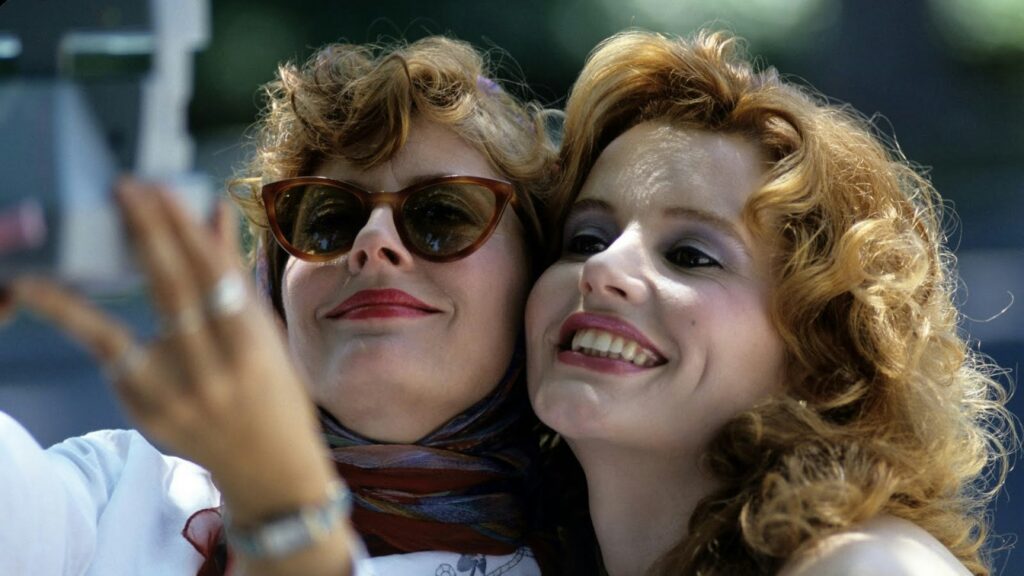
I watched Thelma and Louise at The Egyptian the other week. It was beautiful on the big screen. It feels wrong to idealize them given the context, but I couldn’t help but be drawn to the images of the characters’ lives in Arkansas. They immediately called to mind the work of an artist based in nearby Memphis – William Eggleston. After seeing the movie at that scale, getting immersed in the grainy, hazy world, I wanted to get closer to his photographs. I went looking for high-resolution images online only to discover that a show of his prints was on near me at David Zwirner. I was planning on going to the Fisher Museum to see ‘Sci-Fi, Magick, Queer L.A.’ before it closed, so I added Zwirner to my list for the day.
When I got to USC, security checkpoints were set up all over campus for the coming football game against UCLA. It felt like a bit from an 80s movie to show up at the sports event asking to see the art show, but the security guards didn’t seem to think much about it. The sleepy, gray fall weather provided the perfect setting for the brick and concrete buildings of the architecture school. I made a note about coming back with a camera as I moved towards the museum. The exhibit is split down the middle, sci-fi vs. magick, and I decided to take the former first.
The sci-fi works were mostly photographs and illustrations from professional and amateur zines. The exhibit seemed much more interested in art as a historical record of the activity of artists in a subculture than as a tool for communicating the queer experience. I later read that the intention was closer to the later, but I think the former is more interesting. Looking around the walls, I saw the work of people devoted to their craft. I was struck by how clear it was that these were artists with Classical Training – and were using it as a base for a futuristic aesthetic.
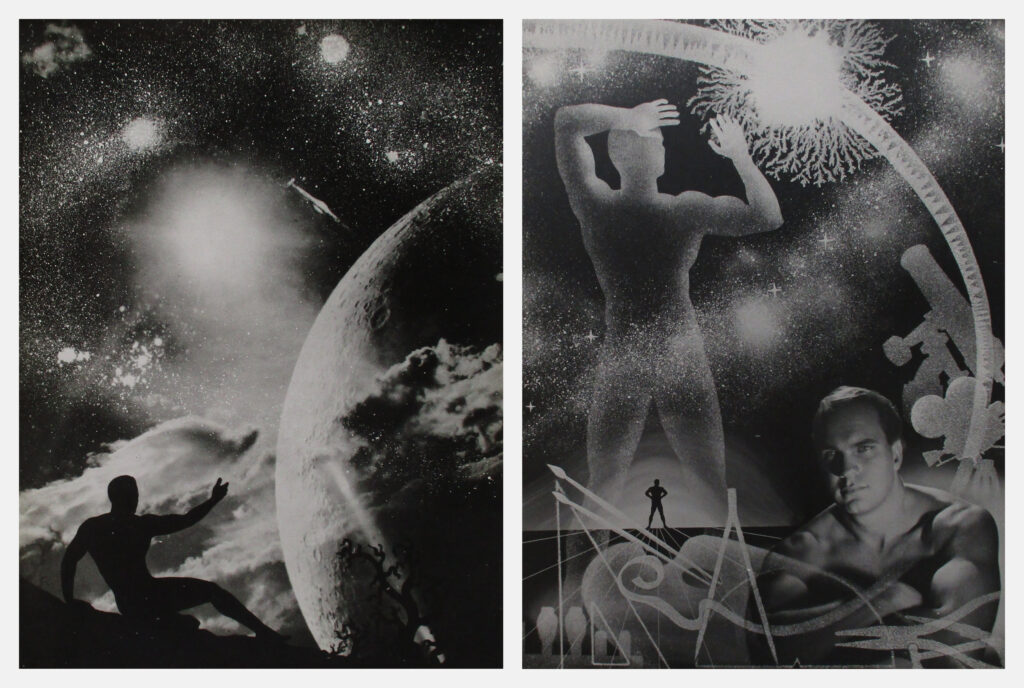
A piece of wall text near the photographs of Morris Scott Dollens explained that they were sold as art references to get around censor boards. It was funny to think about the process of transformation they had undergone over their history – starting erotic, hiding under the guise of art, removing their disguises, and then donning them once again to enter the museum – the work of art as a performance of masking and unmasking.
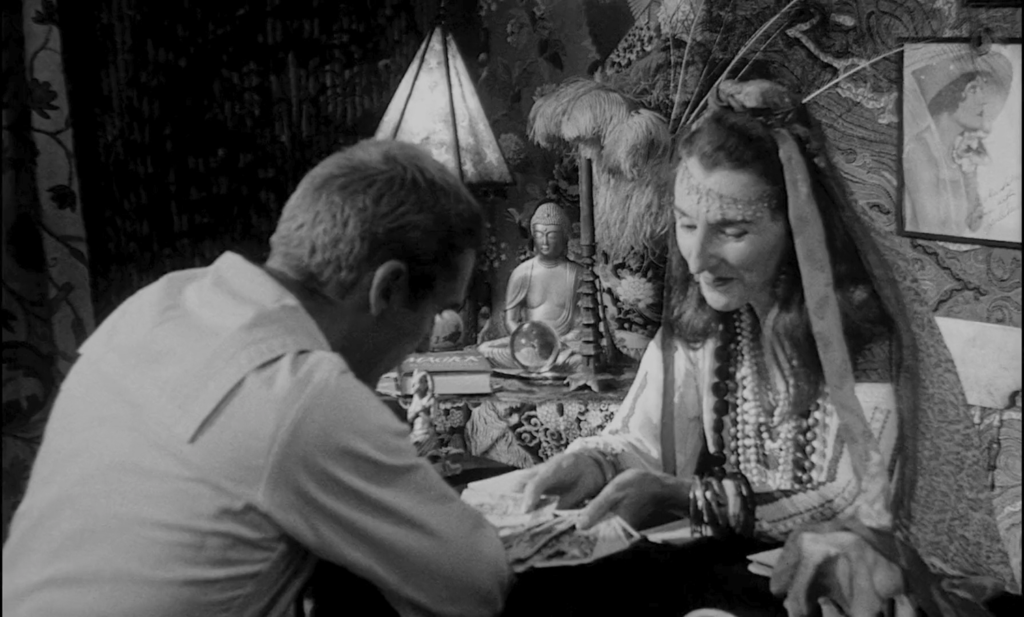
The magick-focused side of the show dealt heavily with artists around California occultist and accomplished rocket scientist Jack Parsons. The hyper-focus on symbols in this style art can be somewhat offputting for the uninitiated. Something is compelling about the clear gestures at a narrative, but decoding can feel like homework.
Where sci-fi takes an evolutionary approach, esoteric art is interested in recombination. The practices assume a world that is hidden in plain sight – obscured. The signifiers are all right in front of you, but you can’t see them because they aren’t assembled correctly. It’s easy to see why the occult lends itself so easily to conspiracy theory. It’s exhilarating and then exhausting.
Feeling mentally taxed, I stopped for tamales before going westward, to Eggleston.
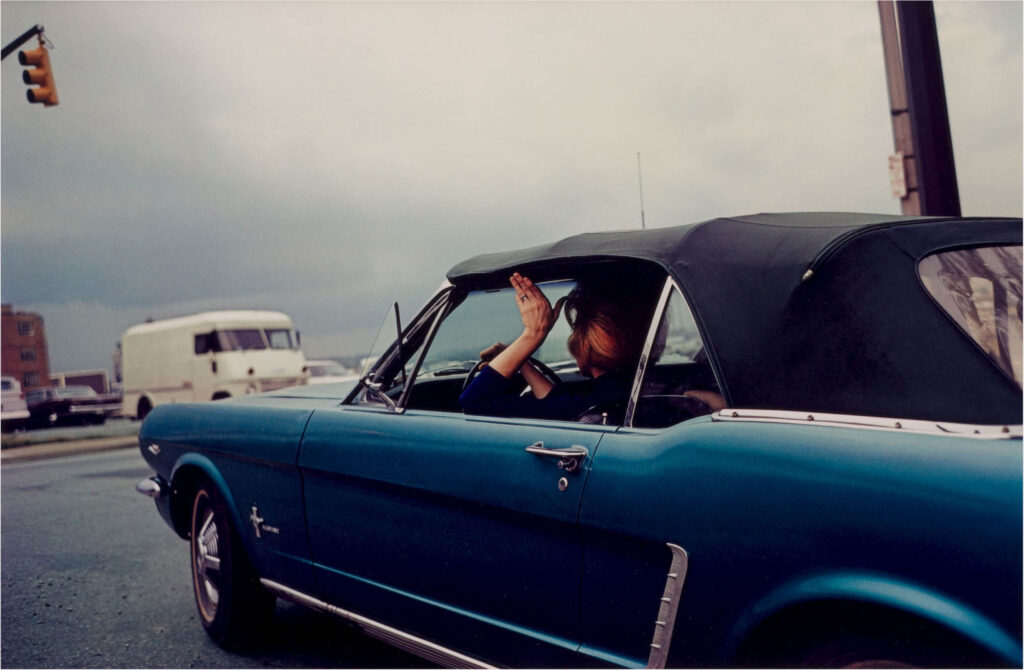
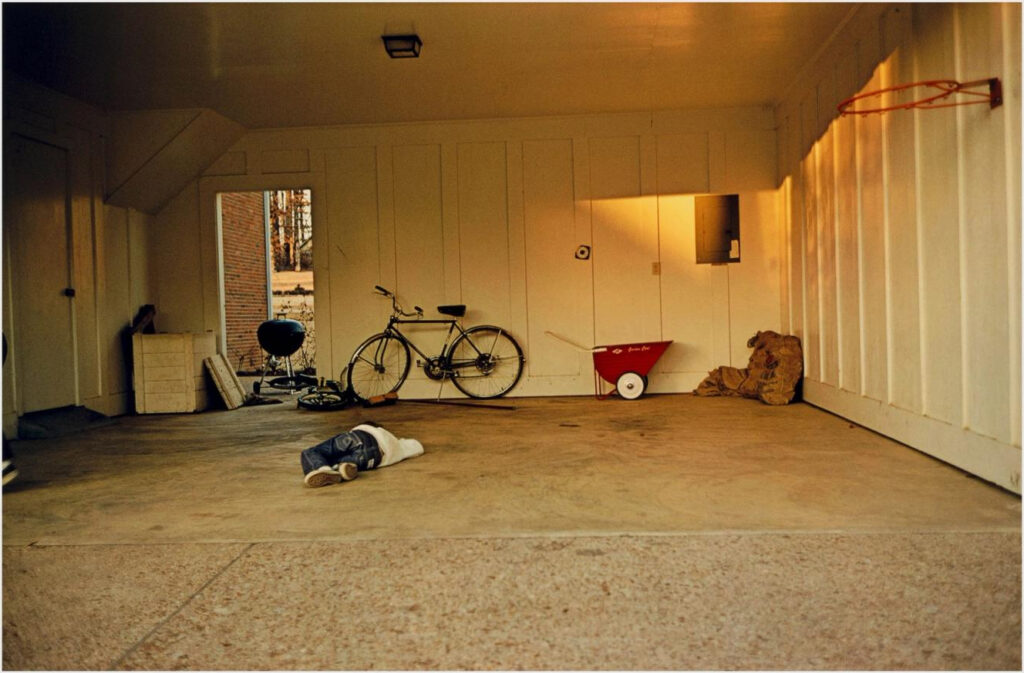
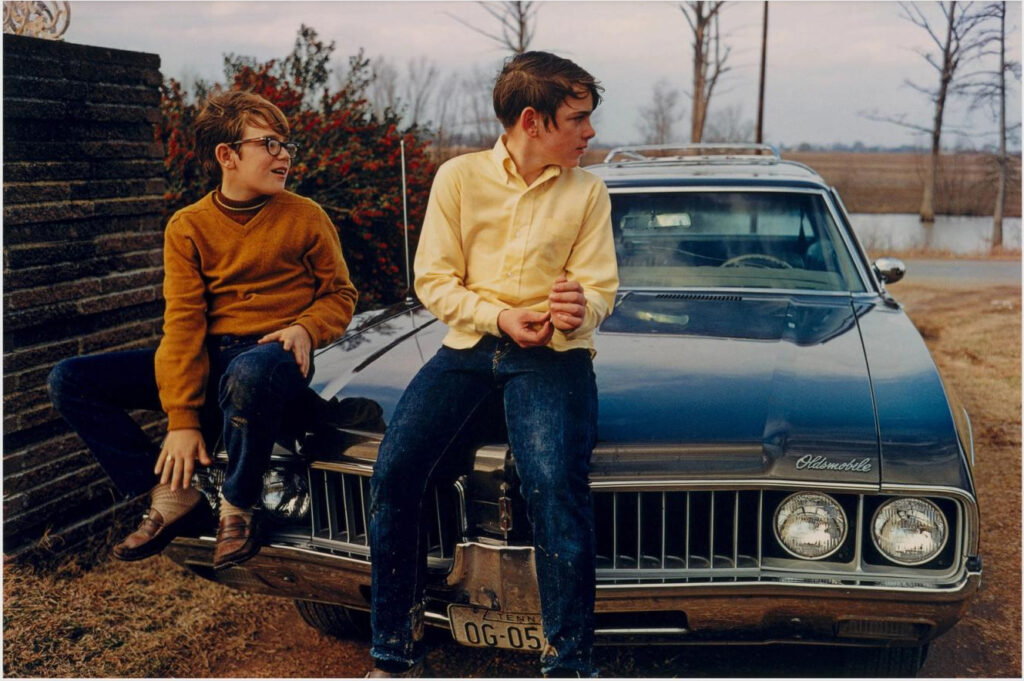
I was completely taken by Eggleston’s work from the first time I saw it. I had already been photographing ‘stuff’ for years and when I looked at his photographs it was like I finally understood what I’d been trying to do. His images felt so casual but put together. He understood how to elevate these everyday occurrences into serene opportunities for reflection. I could imagine him finding a moment of beauty, stopping to appreciate it, and moving on to the next one. There was a feeling of honored desires – of getting caught by something interesting and taking the time to figure out what caused the response.
The photographs on display were some of the last images produced using the dye-transfer printing method. It’s easy to mourn the loss of the technology that helped bring these wonderful images to be – all the more so with Eggleston’s historical record of a bygone era. It’s so easy to look at how good things were and worry that they won’t ever be so again. I have to stop myself whenever I start to go down that road. It relies on a faulty understanding of what makes his images appealing. I’ve struggled in the past with the idea of narrative in my photography and looking at the show I felt like I finally came to a better understanding. Eggleston’s photos are narrative but in a broad way. He isn’t capturing the specific ‘decisive moment’, he’s allowing us to see the fleeting beauty in our everyday lives. He wasn’t capturing an era because it was historically important. He was capturing it because it was what was happening around him.